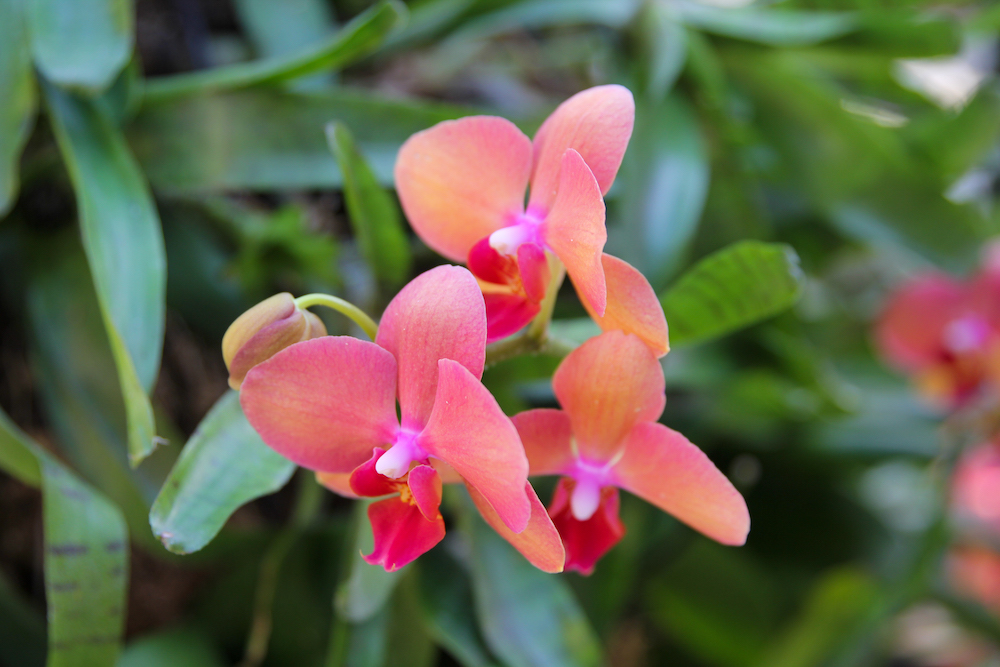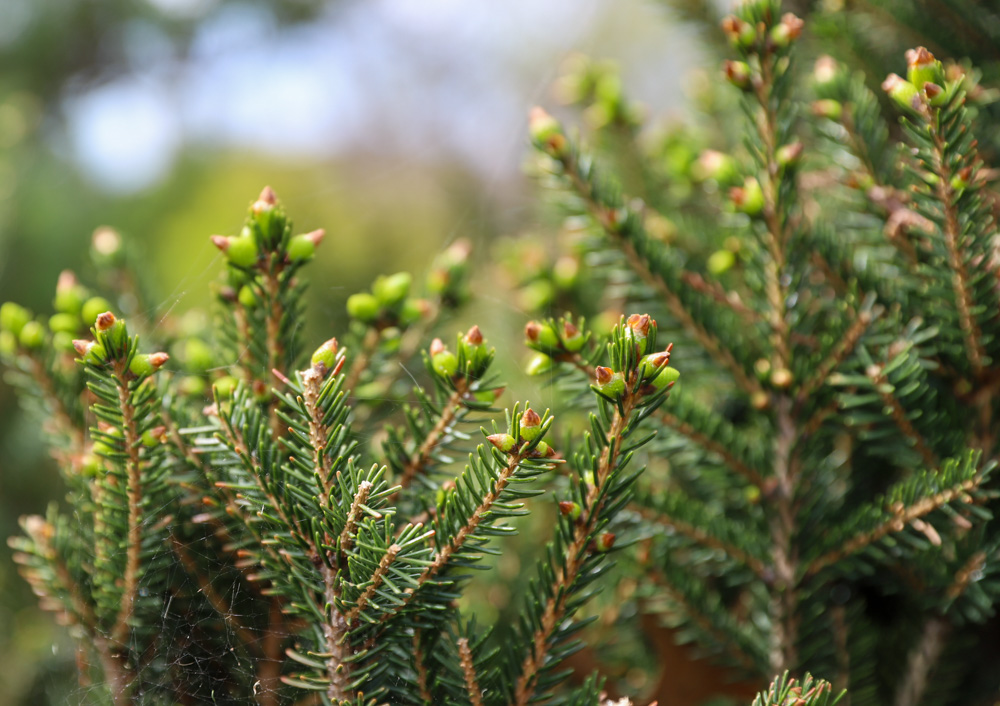
Lead Horticulturist of Collections Brent Tucker, has managed Powell Gardens’ orchid collection for many years. Tucker is a key player in creating Orchid Delirium, Powell Gardens’ spring orchid exhibition.
Tucker’s passion for orchids began after seeing an ad in a magazine for an orchid-a-month promotion. He began to attend orchid shows and exhibitions. “Once I became a member of my local orchid society, I absorbed as much information as possible,” says Tucker. “Today, I am responsible for Powell Garden’s orchid collection and would like to share my recommendations for fellow orchid enthusiasts of all levels”.
Learn to grow orchids as a beginner, intermediate, or advanced grower.
Beginner Level
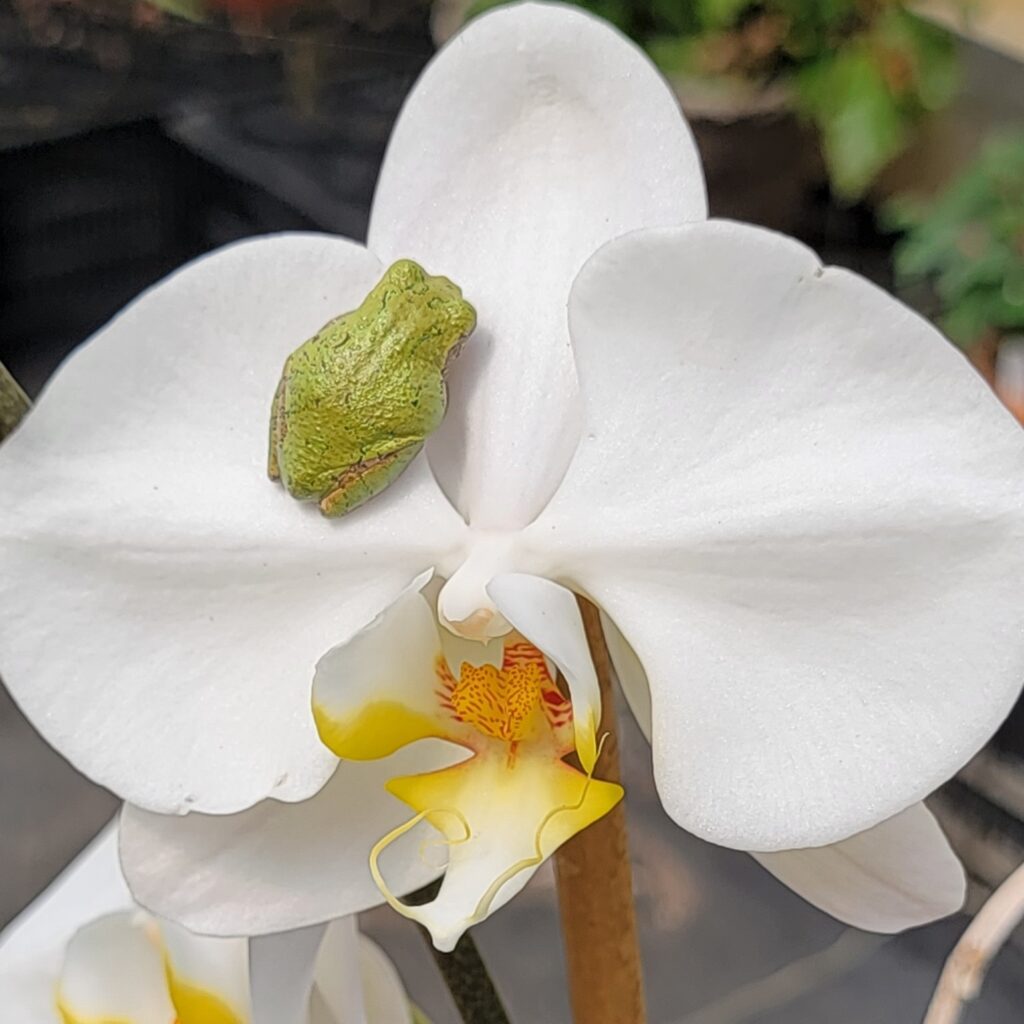
Moth Orchids, Phalaenopsis, are the most widely available orchids and can easily be found at local Kansas City garden centers. Moth orchid blooms can last for months, which makes them great for an indoor flowering plant. They prefer moderate light levels available through east windows or shaded south and west windows. They grow great in indoor light gardens too! If your moth orchid fails to bloom again, I recommend a temperature shock. A temperature shock is achieved by allowing the temperature to drop between 50 Fahrenheit and 60 degrees Fahrenheit in the fall.
Lady Slippers, Paphiopedilum, specifically the mottled leaf types, have exotic flowers and beautiful mottled foliage. They can grow alongside your moth orchids. Their flowers can last up to several months and come in colors ranging from deep reds to green with warts and hairs along the petals.
Intermediate Level
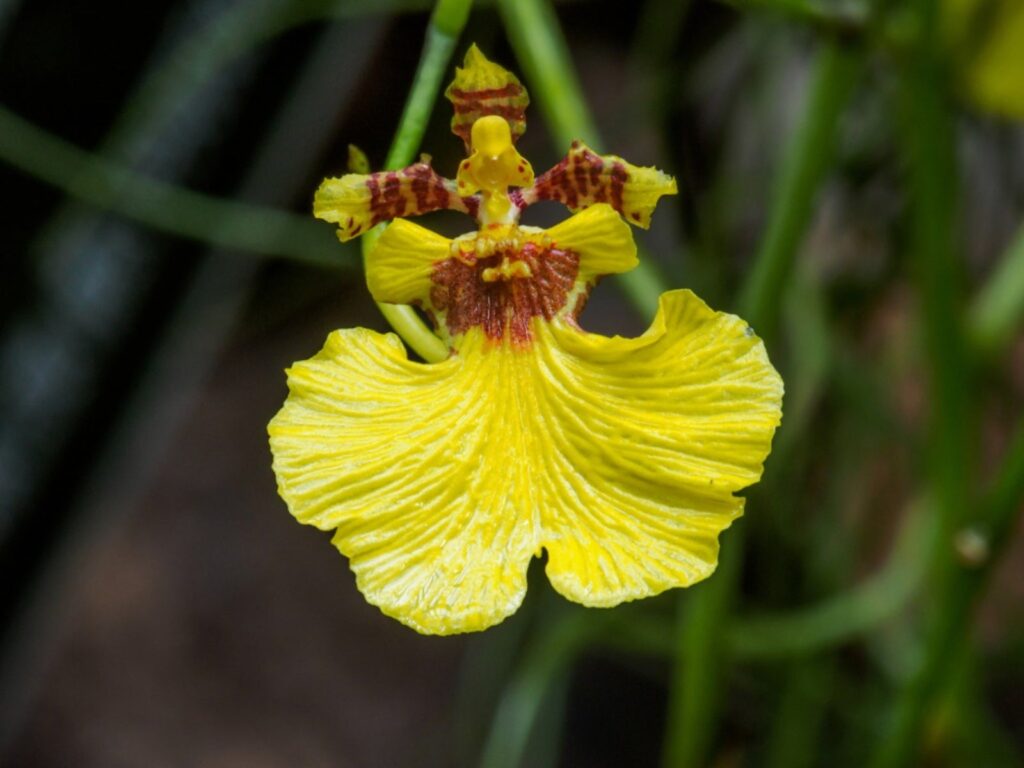
Dancing Ladies, Oncidium Alliance, is a big group of related plants that have been interbred to create a huge array of hybrids. The flowers can vary in size and color, including shapes, spots, and bars. Because of the many parents used in breeding, their culture can differ. Dancing Ladies prefer bright indirect light such as that from a west or south window. Allow the growing medium to dry somewhat and feed monthly. Flowers last about three weeks, but they make up the shorter flower life with an abundance of flowers or very exotic coloration. Grow these in a west or south window with some light shading.
Pansy Orchids, Miltoniopsis, are related to Dancing Ladies and are used to create unique hybrids. They can be grown much like Dancing Ladies but do prefer cooler temperatures. Grow them in a cooler room or even in the basement under lights. Flowers last about four to six weeks and are delightfully fragrant.
Advanced Level
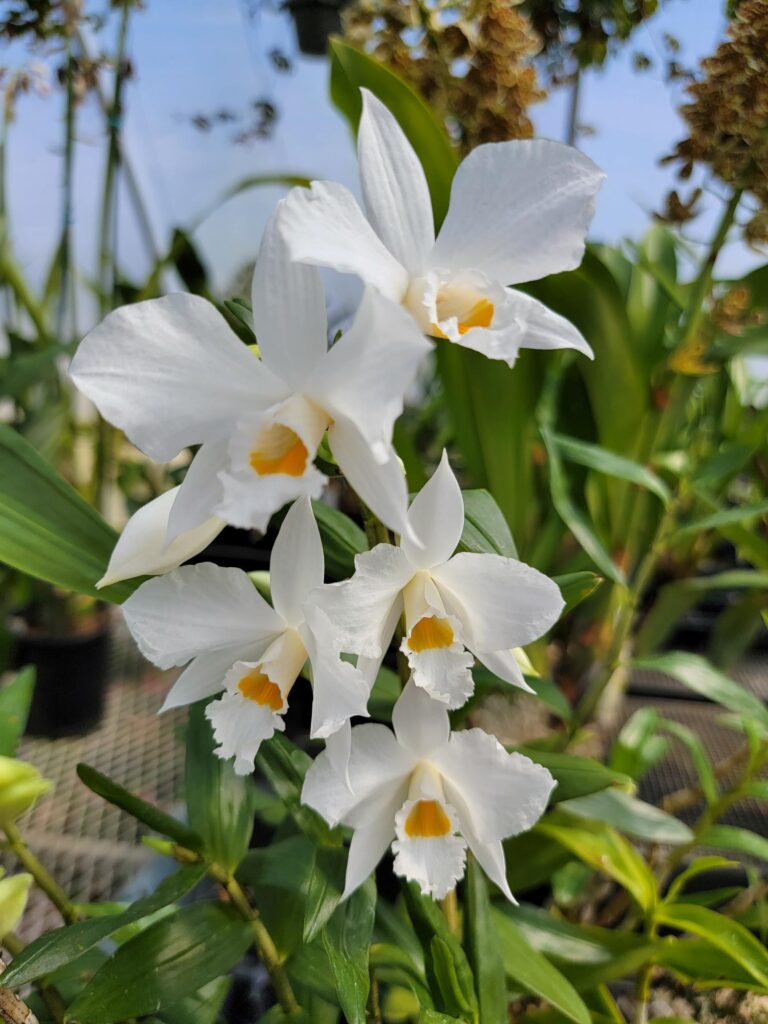
Corsage or Queen of Orchids, Cattleya, are one of my favorite orchids. Some of them have huge showy flowers and can be quite fragrant. I place these in the advanced level because they require very bright light, even some morning sun, and they tend to be large plants. However, breeders have been producing miniature plants that can easily be grown on the windowsill and can bloom multiple times of the year. Keep in warm temperatures, which are easily obtained in a south or west window.
Dendrobiums (pictured above) are also in a large group of orchids that come from many habitats and have different culture requirements. The flowers can be uniquely shaped and have colors not found in other orchids like green and near black. Like cattleya, they prefer very bright light and most like warm temperatures. The nobile Dendrobiums, however, like cooler temperatures and require a dry and cool rest in the winter to form flower buds for spring. Dendrobium can range in very tall plants to miniatures which lend themselves to windowsill much more easily. All Dendrobium like to be grown in rather small pots for the size of the plant.
Boat Orchids, Cymbidium, is another favorite of mine with rather large flowers. They can be difficult to grow and flower due to their size and temperature requirements but with current breeding they are becoming easier to grow for the home grower. Plant size is being reduced to a more manageable size but also there are “warm growers” that don’t need a temperature shock to induce flowering. They do need bright light and some space as most are still too big for the windowsill.
Other Orchid Care Tips
The best way to learn to care for orchids is by caring for orchids! In addition to the basic cultural information above, there are a few other ingredients that help grow a beautiful plant. Most orchids appreciate humidity above 50 percent. This can be achieved by grouping plants together with a humidifier or in an indoor greenhouse tent. You can provide air movement with a ceiling or oscillating fan in the growing area.
Tucker cautions against using the popular “ice cube a week” method to water orchids. Tropical plants like orchids don’t like the cold! Instead, use tepid water to saturate the entire root mass when the potting medium is dry to the touch and an orchid fertilizer can be used once a month to feed.
Orchids at Powell Gardens
To learn more about orchids, check out Orchid Delirium at Powell Gardens. In 2024, Orchid Delirium will take place March 1 – April 14, 2024. Look for classes like the Orchid Symposium to dive deeper into the world or orchids. More information will be available online soon at powellgardens.org/orchids.
Tucker also encourages any orchid enthusiasts to check out an orchid society, like the local Orchid Society of Greater Kansas City or national American Orchid Society.
Related Posts

